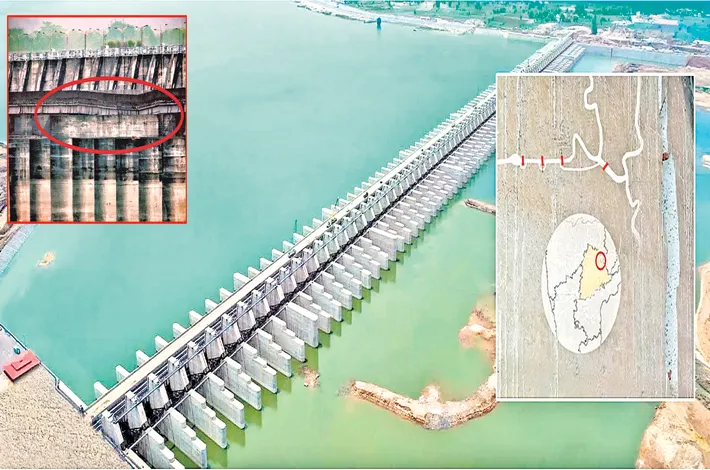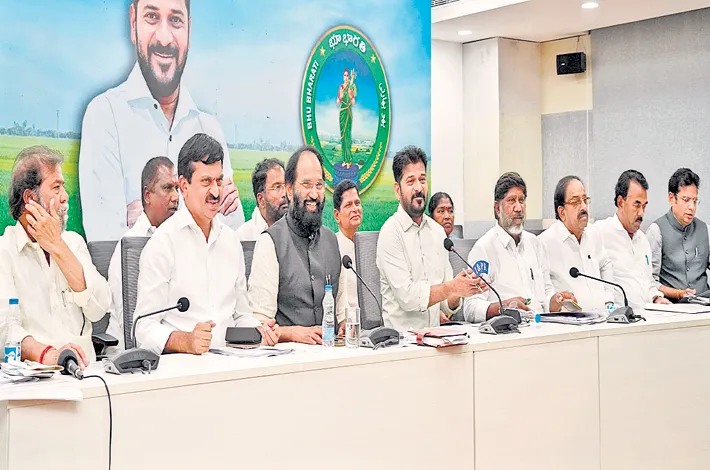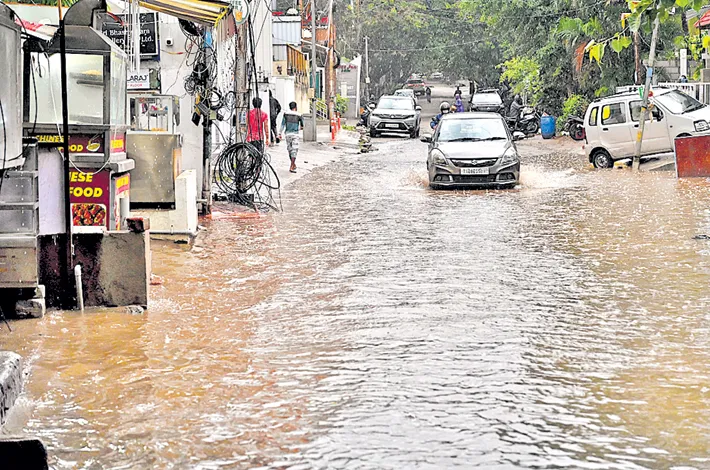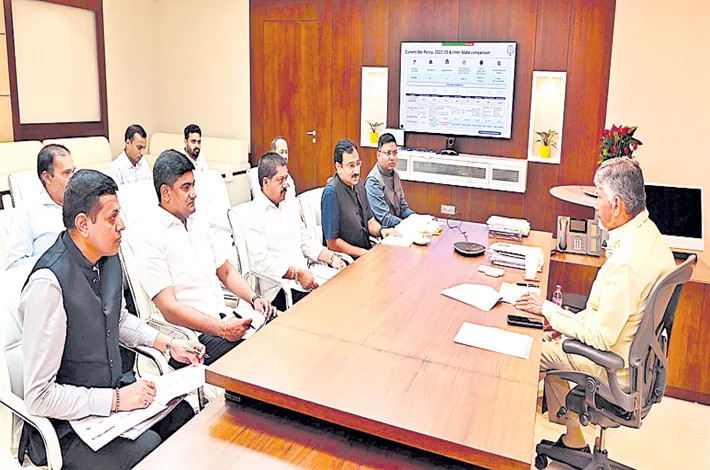A Love Woven in Pathankot’s Breeze
04-08-2025 12:00:00 AM
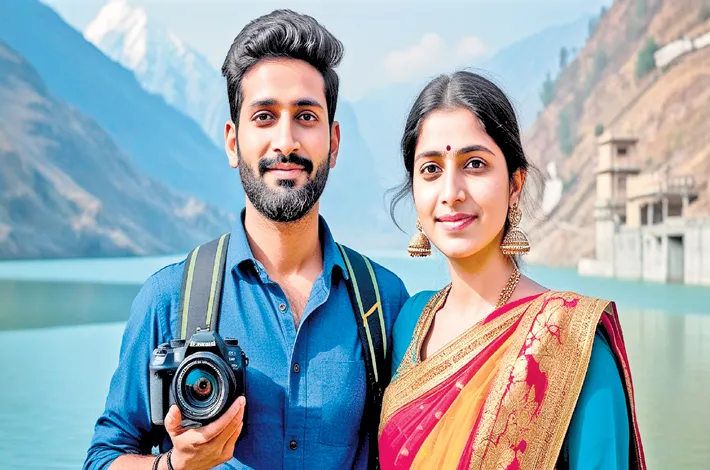
In the heart of Pathankot, where the Chakki River whispers secrets to the surrounding hills, a love story unfolded under the golden Punjab sun. It was early autumn, and the air carried the scent of blooming marigolds and the distant hum of military trucks, a reminder of the town’s strategic pulse. Pathankot, nestled between Punjab’s plains and Himachal’s rugged embrace, was a place where time seemed to linger, and it was here that Aarav and Meera found each other.
Aarav, a 28-year-old photographer, had returned to Pathankot after years in Delhi, chasing the simplicity his heart craved. His camera lens captured the town’s soul—bustling bazaars, ancient temples, and the quiet beauty of Ranjit Sagar Dam. Meera, 26, was a schoolteacher at a local government school, her laughter as bright as the kites that danced above Pathankot’s fields during Basant Panchami. Their paths crossed on a September evening at the Ashapurni Mandir, where the temple’s bells rang softly, mingling with the prayers of devotees.
Aarav was there, photographing the temple’s intricate carvings, when Meera, draped in a teal salwar kameez, offered prasad to a group of children. Her eyes, warm like the embers of a winter bonfire, caught his attention. He snapped a candid shot, unaware that it would change everything. When Meera noticed, she walked over, half-amused, half-annoyed. “You could at least ask before stealing my soul in a picture,” she teased, her voice carrying the lilt of Punjab’s warmth.
Aarav, flustered but charmed, apologized and offered to delete the photo. Instead, Meera smiled. “Keep it. But only if you tell me why you’re hiding behind that lens.” That evening, over cups of masala chai at a roadside dhaba near Shahpurkandi Fort, they talked—about her love for teaching, his passion for capturing fleeting moments, and Pathankot’s quiet magic. The fort’s ancient stones seemed to listen as their laughter filled the air.
Days turned into weeks, and their meetings became a rhythm. Aarav would wait outside Meera’s school, his camera slung over his shoulder, ready to steal her away for walks along the Chakki River. They’d sit on its banks, watching the water reflect the sunset’s hues—crimson, gold, and lavender. Meera shared stories of her students, their dreams as vast as the Punjab plains, while Aarav showed her photos of Pathankot’s hidden corners: a lone banyan tree near Mukteshwar Mahadev Temple, a vendor selling jalebis in the old market, a flock of migratory birds at the dam. Through his lens, Meera saw her hometown anew, and through her eyes, Aarav found a reason to stay.
But love, like Pathankot’s unpredictable monsoons, wasn’t without challenges. Meera’s family, traditional and rooted, expected her to marry a man of their choosing—a distant cousin from Amritsar with a stable job in the railways. Aarav, with his wandering spirit and uncertain income, was a risk they wouldn’t accept. Meera, torn between duty and desire, began to pull away. Their walks grew quieter, the silences heavier. One evening, under the peepal tree near Kali Mata Ka Mandir, she confessed her fears. “I love you, Aarav, but my family… they don’t see what I see in you.”
Aarav’s heart sank, but he held her hand, his thumb tracing circles on her palm. “Then let me show them,” he said. He poured his soul into a project—a photo exhibition titled Pathankot’s Heart, to be held at the local community hall. Every image was a love letter to Meera and her town: children laughing in her classroom, the river where they’d shared secrets, the temple where they’d met. He worked tirelessly, selling prints to fund the event, determined to prove his worth not just to Meera’s family but to himself.
The exhibition day arrived, and Pathankot buzzed with curiosity. Meera’s parents attended, skeptical but intrigued. As they walked through the display, they saw their daughter’s world through Aarav’s eyes—her joy, her strength, her love for her roots. The final photograph was of Meera, laughing by the river, her eyes alight with dreams. Below it, Aarav had written: For the heart of Pathankot, who taught me to see. Meera’s mother, her eyes misty, whispered to her husband, “He sees her soul.”
That night, at the riverbank, Meera ran to Aarav, her dupatta fluttering like a kite. “They said yes,” she gasped, tears mingling with her smile. “They saw you—really saw you.” Aarav pulled her close, the river’s murmur blending with their heartbeats. Under Pathankot’s starlit sky, they promised to build a life together, rooted in the town that had woven their love.
Years later, Aarav’s photographs would grace galleries across India, but his favorite remained that first candid of Meera at the temple. And in Pathankot, where the Chakki River still whispered, their love story became a quiet legend, told by vendors, teachers, and children flying kites under the boundless Punjab sky.





